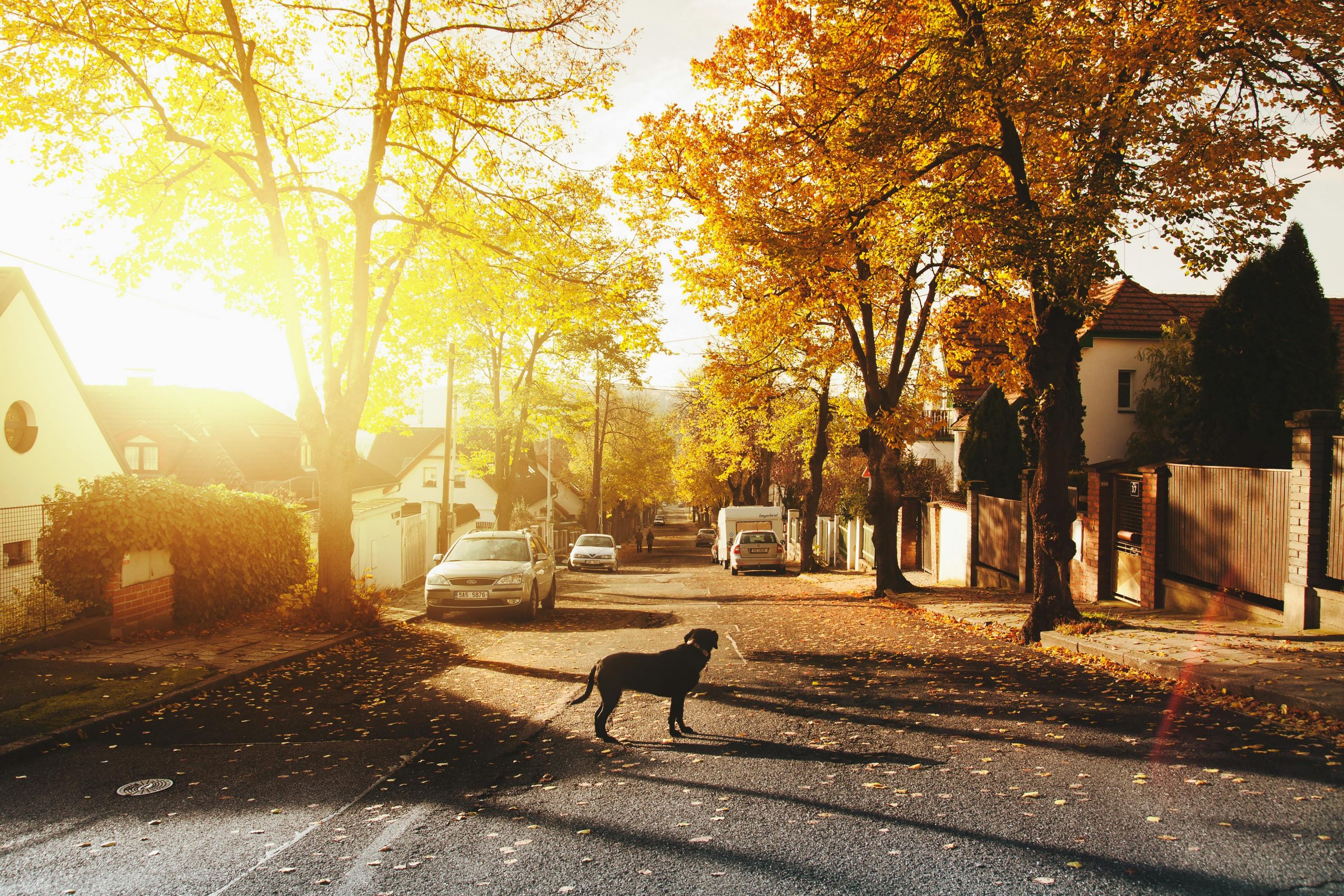As the days grow shorter and the air gets crisper, fall brings not only a change in the leaves but also the need to prepare your home for the cooler, wetter months ahead. Preparing your home’s exterior for rain and fall weather can save you headaches down the road—like clogged gutters, water damage, or even higher heating bills. Here are some key steps to get your home fall-ready and protected from the elements.
1. Clean and Inspect Your Gutters
One of the most critical steps in preparing for fall is ensuring your gutters are clean and functioning properly. Fallen leaves and debris can quickly clog gutters, leading to water overflow and potential damage to your roof or foundation.
- Clean gutters: Remove leaves, twigs, and debris that could block water flow.
- Check for damage: Ensure there are no cracks or sagging areas. Repair or replace damaged sections as needed.
- Install gutter guards: Consider adding gutter guards to prevent future debris buildup.
2. Check Your Roof
Fall and rain go hand-in-hand, so making sure your roof is in good condition is essential for avoiding leaks and water damage. Inspect your roof for:
- Missing or damaged shingles: Replace any shingles that are cracked, curled, or missing entirely.
- Flashing: Check the flashing around chimneys, skylights, and vents to ensure they’re sealed tightly.
- Moss and algae growth: Clear any moss, lichen, or algae that may have accumulated over the summer months. These can trap moisture and damage roofing materials over time.
3. Seal Windows and Doors
Prevent drafts and moisture from entering your home by ensuring all windows and doors are properly sealed. This is key to keeping your home energy-efficient during the cooler months and avoiding potential water leaks.
- Inspect caulking: Look for any gaps or cracks in the caulking around windows and doors. Reapply caulk where necessary.
- Weatherstripping: Replace old or worn weatherstripping around doors and windows to create a tighter seal.
- Storm windows and doors: If you have storm windows or doors, now’s the time to install them.
4. Examine Your Siding and Exterior Walls
Rain and damp weather can seep into small cracks or gaps in your home’s siding. It’s important to:
- Inspect siding: Check for loose or damaged siding panels and repair any sections that may allow water to penetrate.
- Repaint or reseal: If your home’s exterior paint is peeling or fading, consider repainting to add an extra layer of protection against moisture.
5. Prepare Your Landscaping
Fall weather can bring heavy rain, and proper landscaping helps direct water away from your home, protecting your foundation.
- Trim trees and shrubs: Overgrown branches can cause damage in high winds or rainstorms. Trim them back to prevent damage to your roof or windows.
- Grade the soil: Ensure the ground around your home slopes away from the foundation to avoid water pooling near the base.
- Rake leaves: Keep leaves off your lawn to prevent mold growth and allow grass to breathe before winter arrives.
6. Check Your Driveways and Walkways
Freezing and thawing cycles that occur during the fall can cause cracks in driveways, sidewalks, or patios to worsen. Inspect these areas for cracks or uneven surfaces and:
- Repair cracks: Use a concrete filler or asphalt patch to repair small cracks before they expand.
- Seal the surface: Consider applying a sealant to driveways and walkways to protect against water damage and freezing temperatures.
7. Winterize Outdoor Plumbing
Fall is the perfect time to disconnect and winterize outdoor water systems before freezing temperatures arrive.
- Drain hoses and outdoor faucets: Disconnect garden hoses and turn off outdoor faucets to prevent pipes from freezing and bursting.
- Insulate pipes: If you have exposed pipes in unheated areas, such as a garage or basement, wrap them with insulation to protect against cold temperatures.
8. Test Outdoor Lighting
As the days get shorter, you’ll rely more on your outdoor lighting. Check that your lights are working properly and replace any bulbs that have burned out. Consider adding motion-sensor lights or pathway lighting for extra safety during the darker months.
Taking the time to prepare your home’s exterior for rain and fall weather will not only protect your investment but also provide peace of mind as we move into the colder months. A little maintenance now can save you from larger, more expensive repairs later. So, grab your rake, ladder, and caulking gun, and start your fall prep today!

 Facebook
Facebook
 X
X
 Pinterest
Pinterest
 Copy Link
Copy Link



